Thearchetype of the garden in the history of the arts has continually fostered that subtle semantic exchange between symbolic representation and ideological function, across a spectrum of propositions ranging from mythopoetic needs to social and spiritual control. Right to note, in particular, the sense of rebirth implied both in the prophylaxis of a manicured green environment and in the apotropaic values present in pictorial reproductions of completed horti: on this regenerative augury is revealed The Garden of Art. Works, Collections, the first exhibition curated by newly appointed director Stefano Collicelli Cagol at the Luigi Pecci Center for Contemporary Art in Prato.
The emphasis proposed by the group show, the sui generis collecting of contemporary art, becomes an opportunity to show some pieces from the Pecci collection (including newly acquired ones) in dialogue with works recruited from important cultural foundations, from Sandretto Re Bardengo to Fondazione Burri, as well as rarities owned by private individuals who prefer to maintain polite anonymity. Still, director Cagol must know a great deal to be able to put together such a fine exhibition in such a short time: the Paduan curator and critic, born in 1978, took over the Prato center last Jan. 10, succeeding former director Cristiana Perrella (Rome, 1965) after a revocation that was not without controversy in that regard.
The expectation addressed to the new manager, therefore, was and remains clearly high, seasoned by quite a lot of curiosity for the emerging character (this is the first museum direction for Cagol), although harbinger of cautious enthusiasm for the habitual(sic) “year zero” experienced by the Pecci Center for more than two decades.
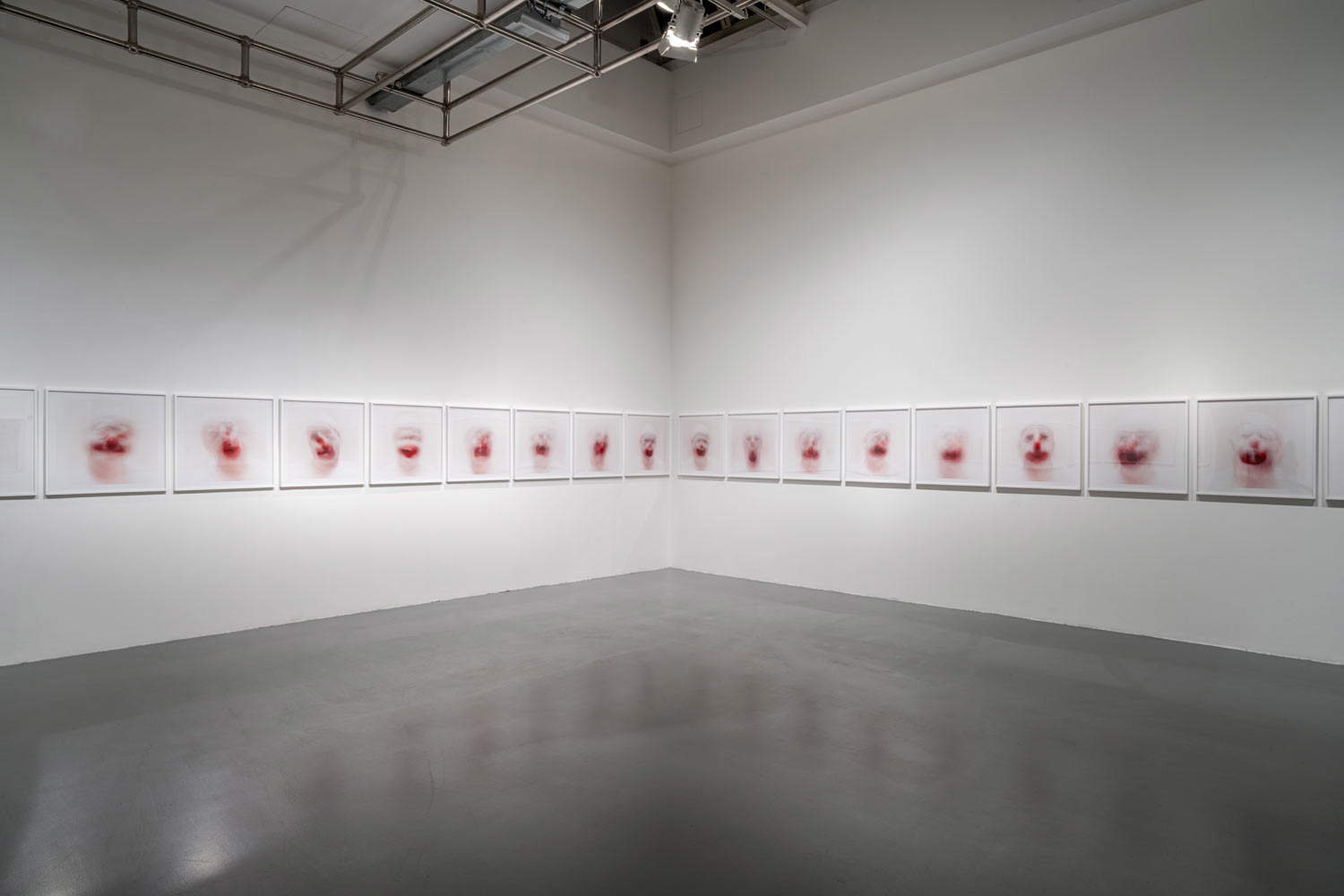

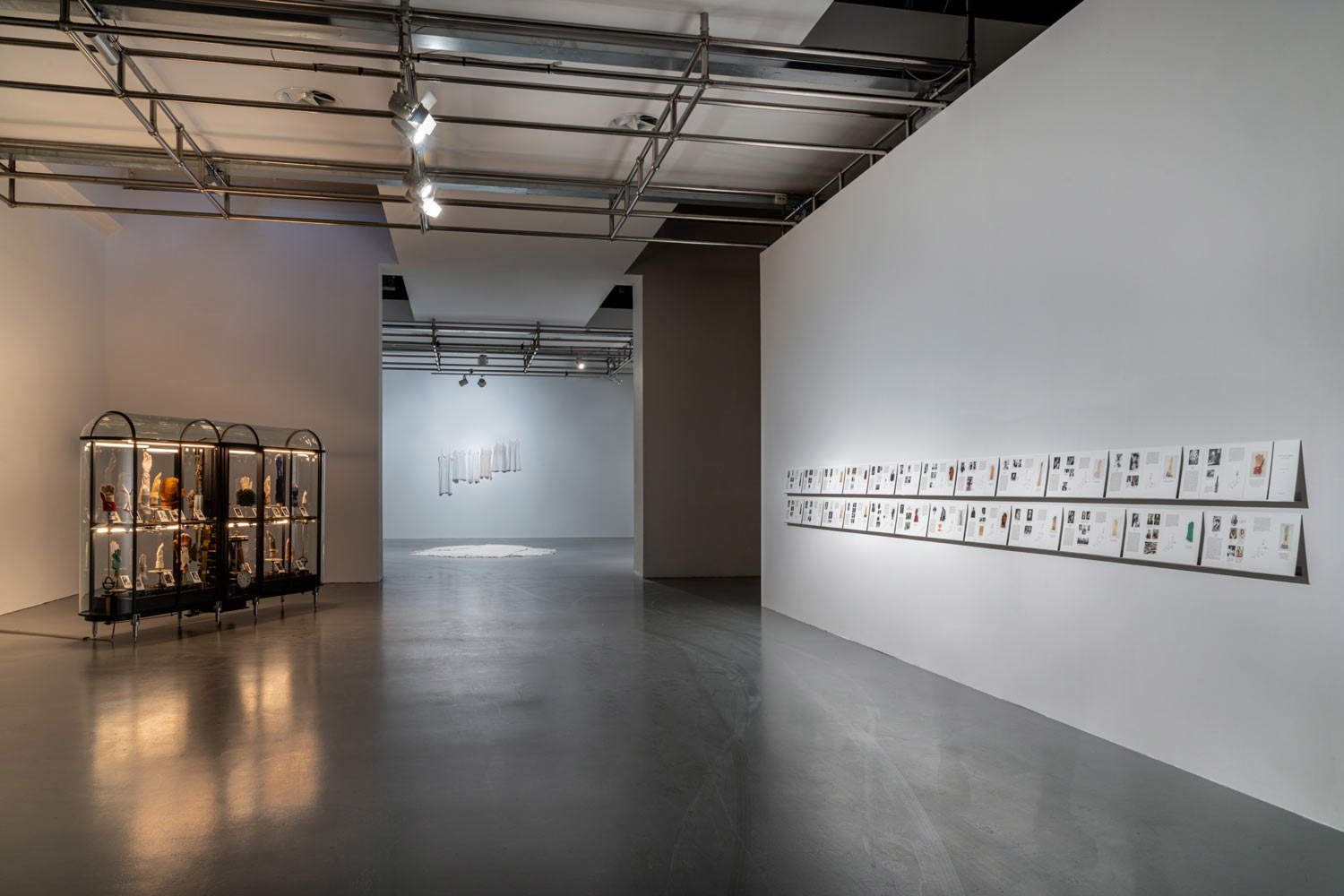
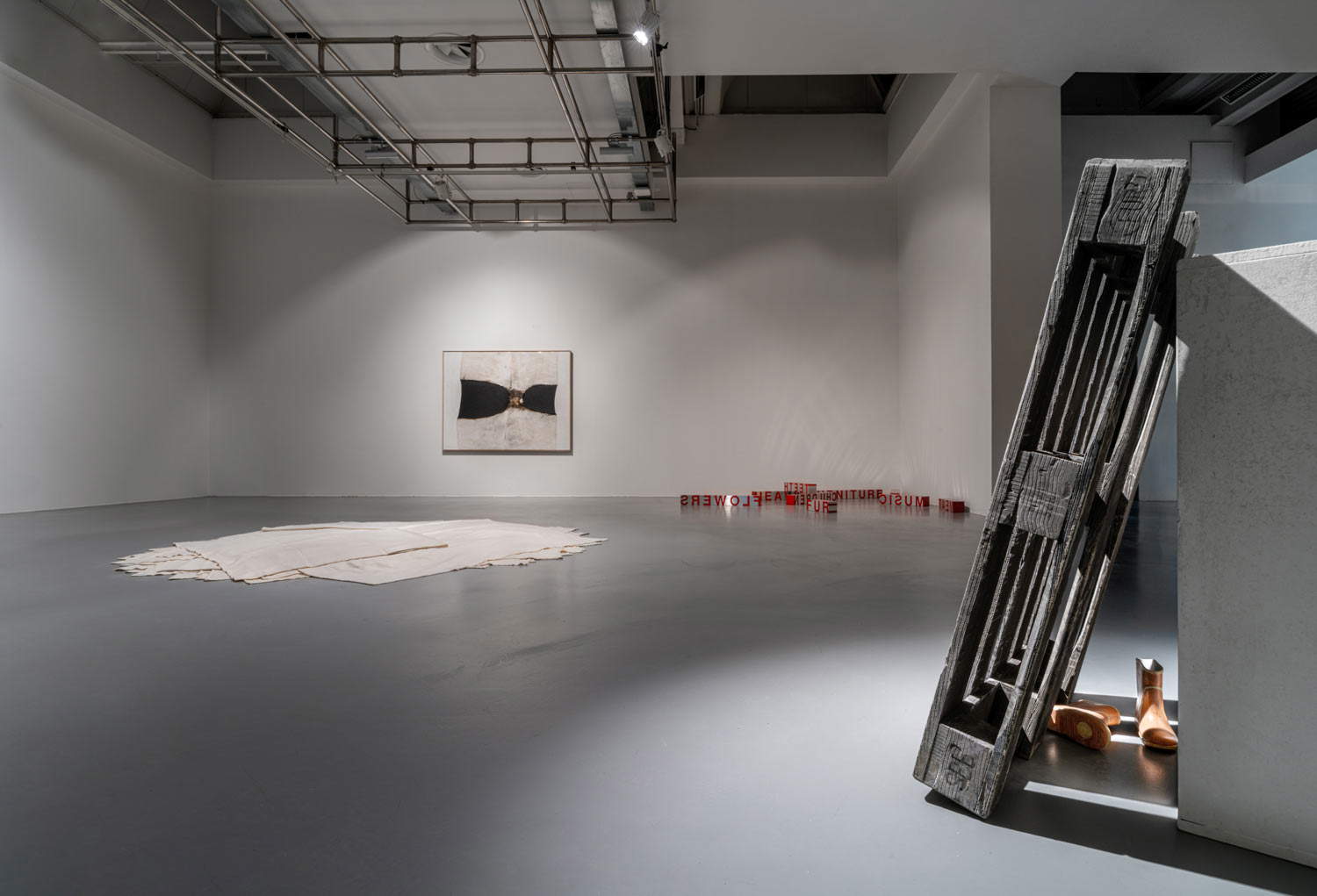


In any case, the inaugural exhibition, scheduled from March 27 to July 24, 2022, expounds a clear and decisive path, where the wealth of names presented, consisting of excellent promises (Sara Leghissa, Shafei Xia, Ryan Gander) and personalities broken-in (Alighiero Boetti, Daniel Buren, Marisa Merz) many of whom are frequently invited to international biennials, would be enough to guarantee an excellent qualitative performance, however stellar a “cast” is not always synonymous with good success: what rewards the exhibition is having left the starring role not to the organization or even to the artists, but to the Visit as such, allowing the public a wide-ranging enjoyment consonant with the subject matter. The walk through the rooms of the museum, as in an immaculate garden, winks at those who remember the first setting of the Pecci Museum, essentially occupying the spaces designed by Italo Gamberini, nevertheless gives a glimpse of what will constitute the display of the permanent collection.
In terms of content, the cleanliness of the rooms favors a certain monumentality to the works, beyond their size, and an excellent distribution of the artists who interact now formally (note the fine arrangement between Roni Horn and Andro Wekua) now thematically (explicit the sexual subject matter of the fourth room with Nan Goldin and Carol Rama), each declining a particular emphasis on the idea of collecting: from the “classical” painting to the spectacular installation, the intention seems to sample Italian taste on the contemporary then sensitively bring out what could potentially encapsulate domestic collecting, in its variety and elusiveness.
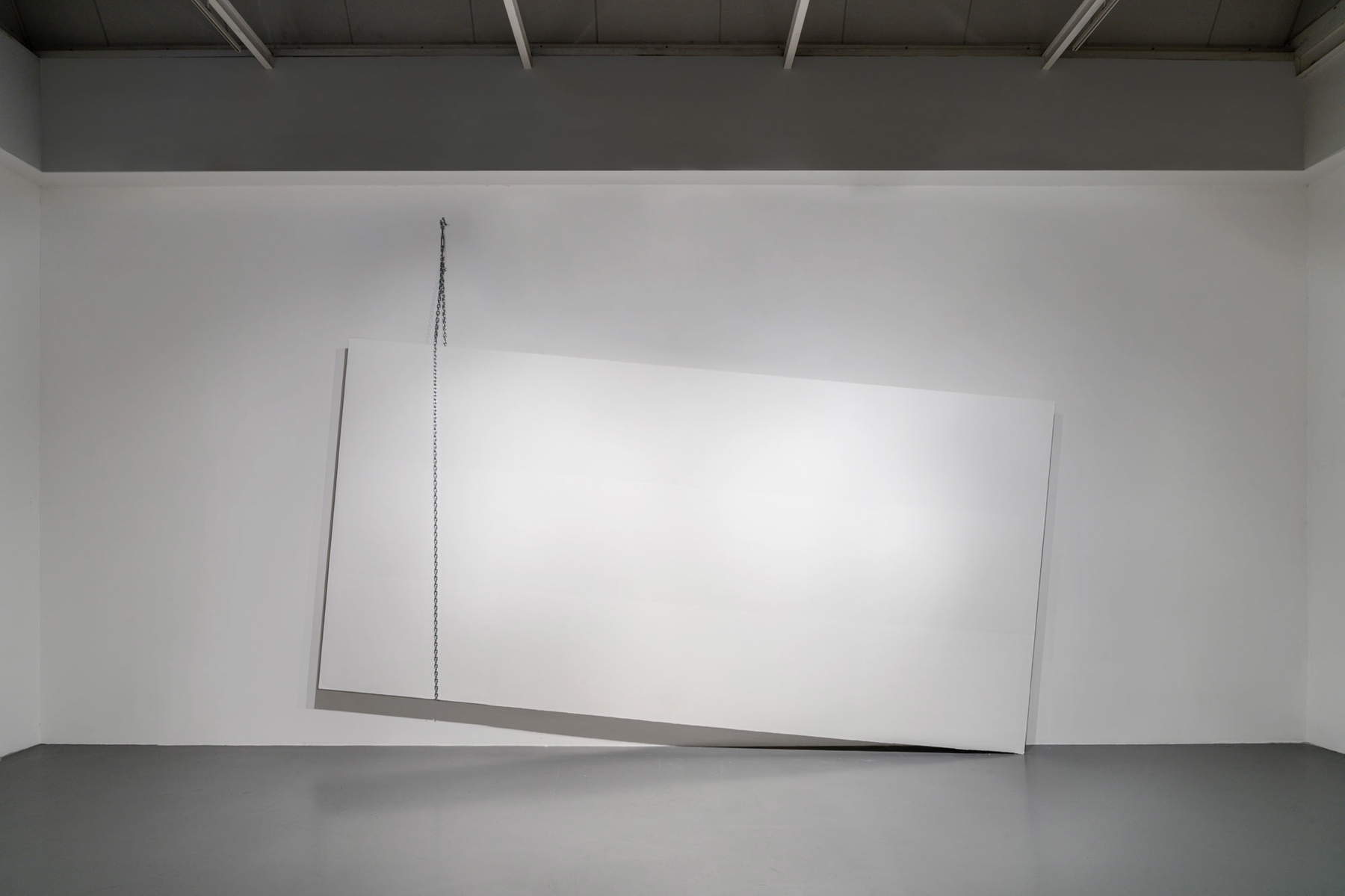
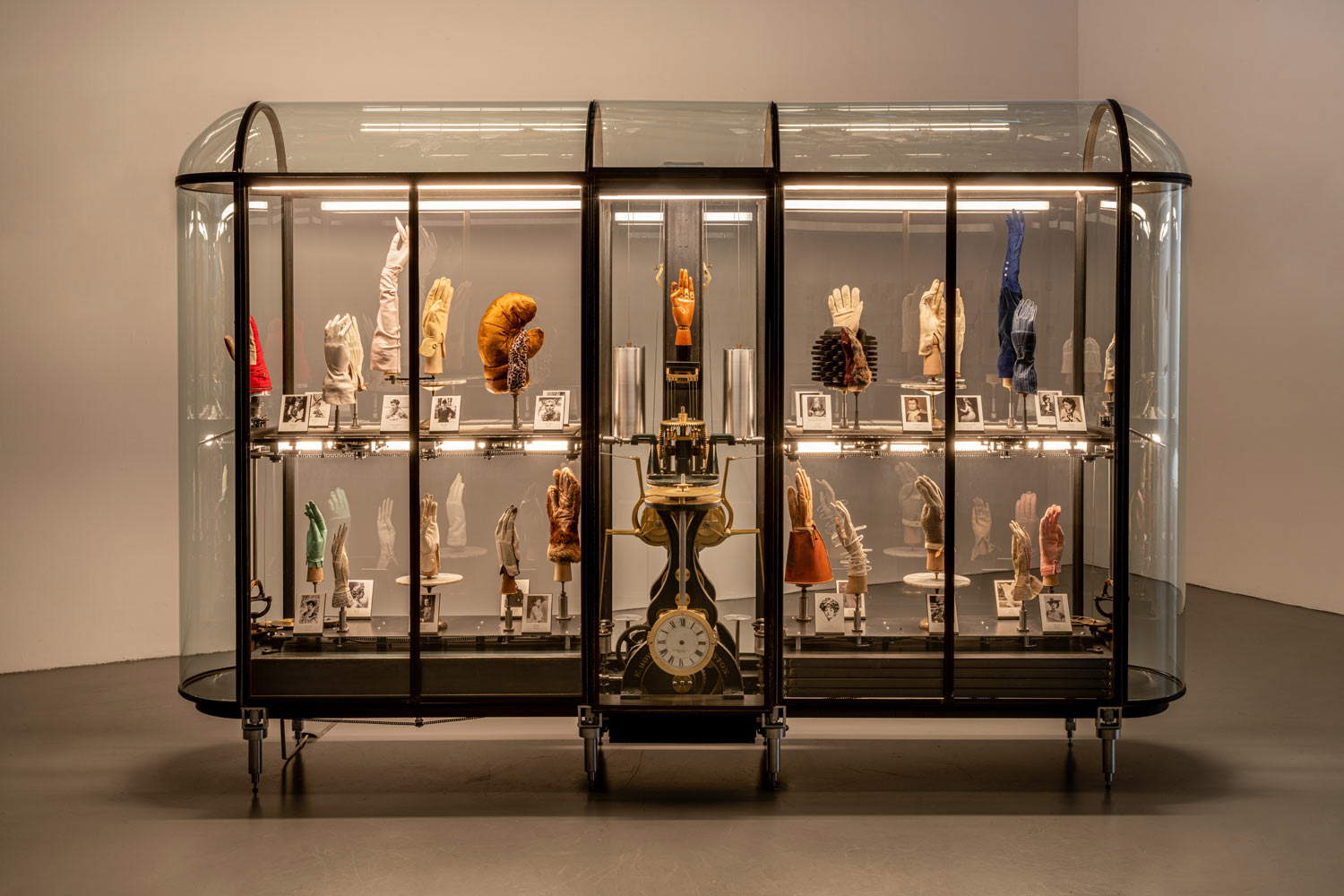

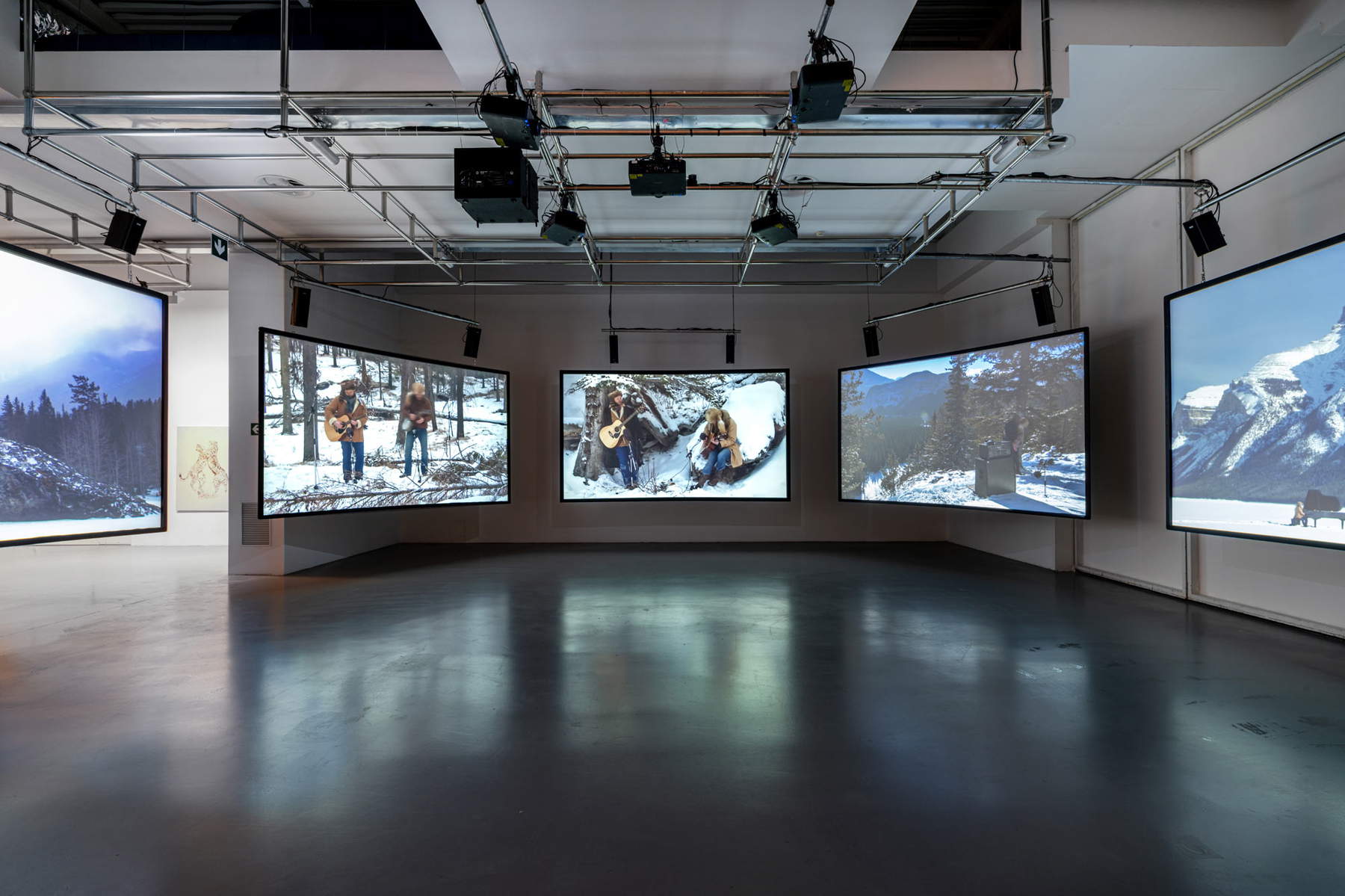
Starting, almost didactically, from avant-garde masters such as Alberto Savinio and Osvaldo Licini, we run into unique pieces such as Monica Bonvicini’s Structural Psychodrama or Marlene Dumas’s Two Pieces, or Alberto Burri’s famous Bianco Plastica; without any urgency or narrative entanglements, the exhibition maintains a rather fluid flow, each context enjoys its own space, and fruition is completely immersive. Certain forcings are undeniable, such as the last room posthumous to the otherwise excellent closing of Ragnar Kjartansson’s video installation The End, a reason surely motivated by the need to reunite physically and ideally with the recent structure built by Maurice Nio, currently occupied by the exhibitions Spazio Radicale and L’arte e la città, both curated by Stefano Pezzato.
In conclusion, The Garden of Art. Works, Collections, has a characterful, distinctive efficacy, one well hopes, as presented by director Stefano Collicelli Cagol, aimed not so much at wonder as at an enjoyable, peripatetic reflection on the present in order to approach with awareness a future within our reach. One step at a time.
Warning: the translation into English of the original Italian article was created using automatic tools. We undertake to review all articles, but we do not guarantee the total absence of inaccuracies in the translation due to the program. You can find the original by clicking on the ITA button. If you find any mistake,please contact us.